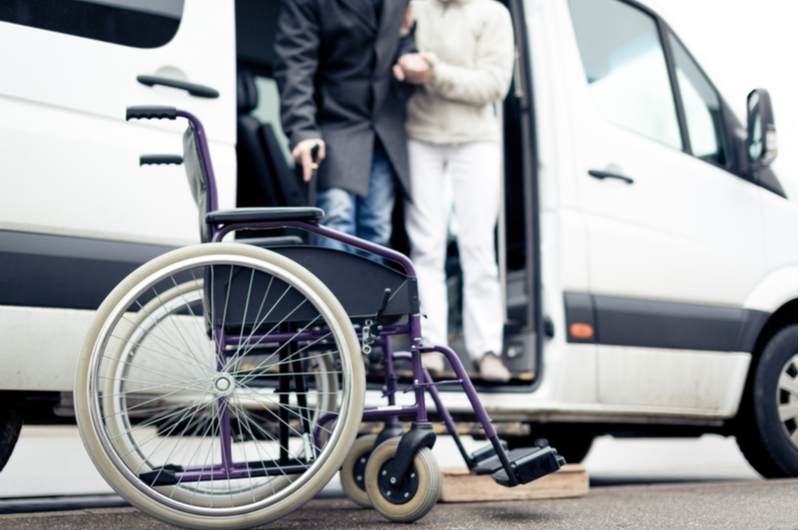Housing for Low Income Seniors
Many senior citizens have a difficult time finding affordable housing. Searching for a home when you are a senior citizen is more involved than buying a home in your younger years. Most seniors want a house they can comfortably retire in, since it is both challenging and expensive to keep moving around to different locations.
If you recently retired, you must also be careful with your finances, since you no longer have a steady source of income coming in from work. Fortunately, there are multiple housing options for low income senior citizens. There are some senior programs directly sponsored by government groups, such as Housing and Urban Development (HUD) while other low income housing comes from state or private groups.
Income Requirements
The main requirement for special housing options is income. In order to qualify for affordable living, you must be considered low income. The exact requirements may vary depending on the program you are applying for. With most federal programs, you must be below a certain percentage of the income level for the area you want to live. HUD has a useful online tool where you can search for income limits in your state. In some cases, such as if you have a medical condition or are a veteran, you are exempt from income requirements or gain access to additional programs.
Housing Choice Voucher Program (HCVP)
HCVP is the flagship low-income housing program of HUD. HUD works directly with public housing agencies across the United States, providing funding for the program, which was previously known as Section 8 housing. To qualify for HUD, your income must be 50 percent or lower for the median income in your desired neighborhood.
If you qualify for HUD assistance, you receive the titular housing vouchers. These vouchers cover the majority of your rent. The exact amount varies depending on your income and housing costs, but the most you can pay is 30 percent of your monthly adjusted income for rent and utilities.
Only select houses are part of the HCVP. Because it is a popular program, you are often put on a waiting list after being accepted into the program. Once your spot comes up, you are allowed to choose whichever house is available in your area.
Section 202 Housing
Section 202 Housing is another program run by HUD. It is smaller than HCVP because it is specifically designed for seniors. In order to qualify, you must be below 50 percent of the median income for the area and you must be at least 62 years old. Section 202 housing is intended for seniors who are healthy enough to live on their own or with minimal assistance. In addition to offering affordable senior housing, these homes are located in senior communities with additional services. Some examples include transportation, counseling services and meal or housekeeping programs. The buildings are also built with greater accessibility than other homes, including additional grab bars and ramps.
Low-Income Housing Tax Credit (LIHTC)
LIHTC is not intended specifically for senior citizens, but many utilize the program. LIHTC receives funding from HUD, but it is managed on a state level. In 2017, there were over 100,000 homes participating in the program. Under LIHTC, building owners set aside a number of homes to participate in the program. These programs are available at a severely reduced rate for low-income applicants. In return, the building owner receives a generous tax benefit. You can search for homes participating in the program by going through HUD or a local public housing agent.
Senior Public Housing
Public housing refers to small communities of homes or apartments intended for low-income applicants. The program is run either by the city or a state public housing agency. Public housing is open to more than seniors, but many states set aside specific communities for senior citizens. Having everyone in the same age group makes it easier for seniors to socialize in the community. In most cases, public housing is a temporary housing solution while seniors search for an affordable retirement community or nursing home. However, some seniors end up spending years living in public housing.
Co-Op Housing Communities
Co-op senior living communities are intended for senior citizens who are independent and do not need any physical assistance, but are struggling financially. These communities are similar to senior public housing, but the communities cut down on costs by having the seniors pitch in with essential tasks in the community. This is a good way for seniors to remain active and socialize while also improving the living space. Co-op senior communities are operated entirely by private agencies. Typically, the homes are more expensive than other homes for low-income seniors, but if you are unable to join any other program, it is a good alternative.
Virtual Retirement Community
A virtual retirement community is a unique housing option. The program is intended for seniors who want to stay in their home, but are struggling with costs because of outside services. With a virtual village membership, you receive assistance with home repairs, housekeeping and transportation. You can also participate in social outings with other members and attend educational and fitness classes in your community. Membership is based on a yearly fee. The exact price varies depending on location, but in many locations, it costs under $100.



